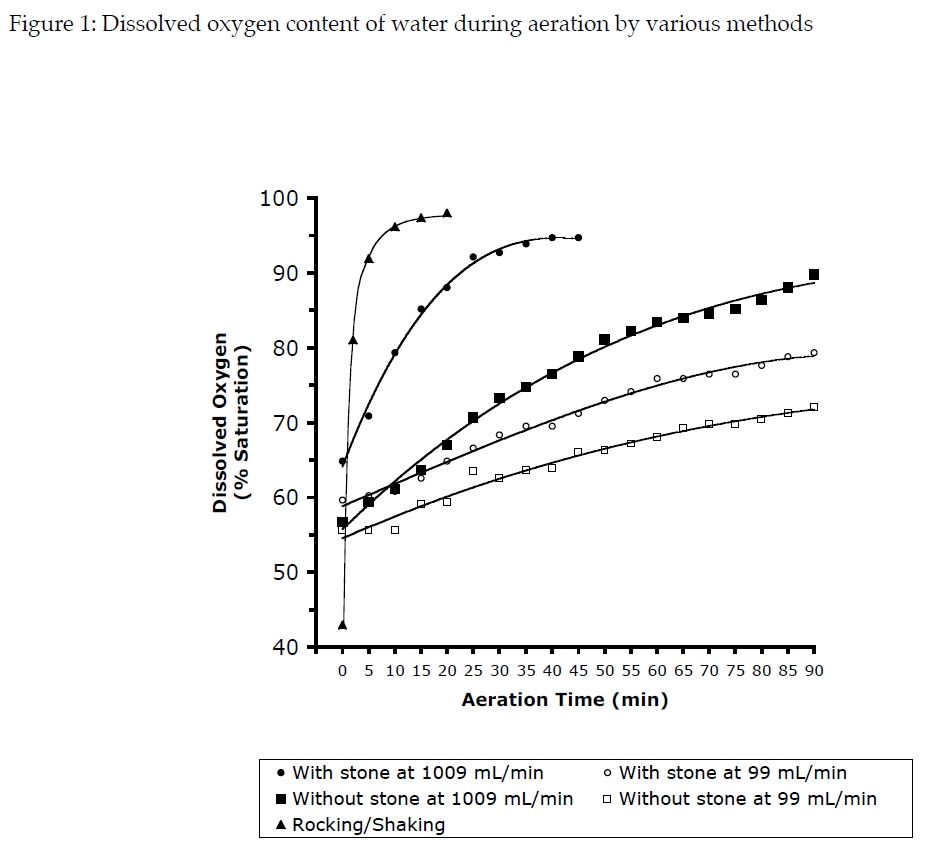So, my next step in brewing adventures is making proper yeast starters. I was looking at properly aerating my wort, also, using an aquarium pump.
My question: do I actually *need* a stir plate or is the main purpose of the stir plate just to aerate things anyway, because if it is, then why not just use the air pump and diffusion stone? Aerating with a pump seems to be the more "direct" route and it doesn't require any new equipment.
If aerating is better (or at least as good), what's the optimal method -- pump the whole duration of starter fermentation or pump at the beginning or ... ?
Thanks,
JR
My question: do I actually *need* a stir plate or is the main purpose of the stir plate just to aerate things anyway, because if it is, then why not just use the air pump and diffusion stone? Aerating with a pump seems to be the more "direct" route and it doesn't require any new equipment.
If aerating is better (or at least as good), what's the optimal method -- pump the whole duration of starter fermentation or pump at the beginning or ... ?
Thanks,
JR




